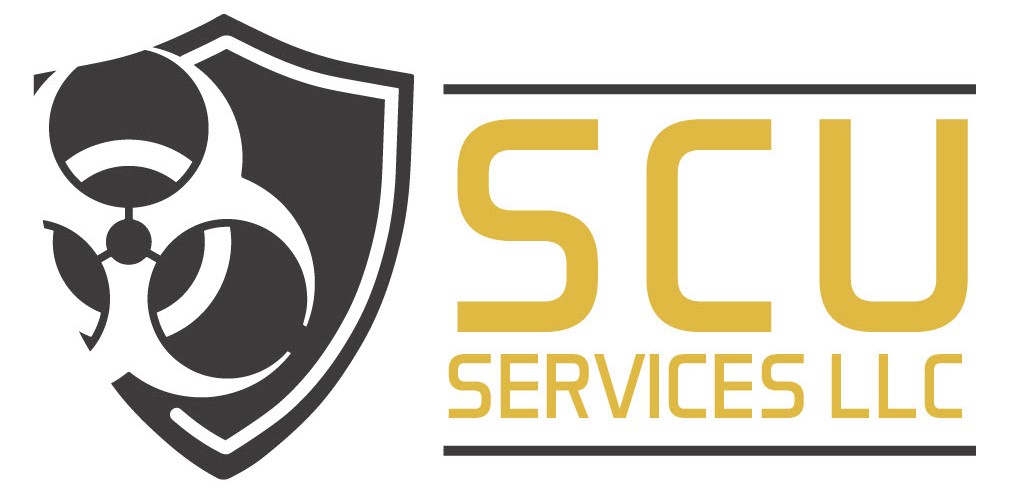Universal Precaution states that we all should treat blood and certain bodily fluids as potentially infectious, regardless of the known status of the source individual. This approach helps minimize the risk of exposure to bloodborne pathogens.
In this blog, we are going to dive into the threats and risks that Bloodborne Pathogens (BBP) pose on health care workers and our SCU employees as they clean the aftermath of death.
What Are Bloodborne Pathogens?
Bloodborne pathogens are microorganisms, such as viruses and bacteria, that can be present in human blood and other bodily fluids. These pathogens have the potential to cause diseases when transmitted from an infected individual to a non-infected person. Examples of bloodborne pathogens include Hepatitis B (HBV), Hepatitis C (HCV), and Human Immunodeficiency Virus (HIV).
Modes of Transmission
Here are two main routes Bloodborne pathogens can be transmitted in this industry
- Direct Contact: The most common mode of transmission is direct contact with infected blood or bodily fluids. This can occur through needlestick injuries, cuts, or splashes onto mucous membranes or broken skin.
- Contaminated Objects: Pathogens can survive on surfaces for extended periods, making it crucial to handle contaminated objects, such as needles or sharp instruments, with care. Accidental needle pricks or cuts from contaminated objects can lead to infection.
Preventive Measures
Prevention and ensuring proper safety measures are key in reducing the risk of any of our employees or customers contracting bloodborne pathogens. Here are some essential preventive measures that we received from IICRC in our certification.

Elimination: This is the number one way to ensure that all biohazard has been eradicated. Proper removal means adhering to the necessary standards and regulations of proper biohazard disposal that is set in place in each state. The decision to clean or remove mainly depends on the porosity of the item that contains biohazard. When in doubt, it’s always best to remove.
Substitution: Replacing a hazardous material, equipment, or process with a safer alternative. For instance, using safer medical devices that are less likely to cause needle stick injuries or using engineered safer needle devices can be considered substitutes to minimize the risk of exposure to bloodborne pathogens.
Engineering controls: Include such items as: the use of warning signs, plastic barriers (containment), grounded electrical equipment, safe ladder use, safe use of scaffolding, lock out of electrical energy sources when cleaning machines, etc.
Administrative controls: Include such items as: safety programs at the employer
level, emergency planning to organize employee response to workplace
emergencies, scheduling workers to rotate in and out of the working environment,
appropriate work shifts, conducting safety meetings, etc.
Personal protection: Includes various devices referred to as personal protective
equipment (PPE). Protective equipment is intended to protect an employee’s body
from all potential exposures and could include protective clothing, respiratory devices, protective shields, as well as eye, face, head, hand and foot protective equipment, if needed.
Conclusion
By understanding and adhering to the “Hierarchy of Controls,” we minimize the risk of contracting bloodborne pathogens that could be hazardous to someone’s health.
Often, we see homeowners, property managers, and tenants try to save a buck by cleaning themselves or hiring their friend. This poses major concerns and is a huge liability for the worker’s health and for the owner.
Bloodborne Pathogens are not to be overlooked or neglected when it comes to dealing with blood, bodily fluids, or human or feces. Please contact your local Death and Trauma cleanup company which can ensure that the job is done right the first time.
Your health is more important!
For more information, please visit scuservices.com and go to Resources.
Disclaimer: The information provided in this blog post is for educational purposes only and should not be considered medical advice. Always consult with a qualified healthcare professional or your organization’s occupational health and safety department for specific guidance on bloodborne pathogen prevention and control.
